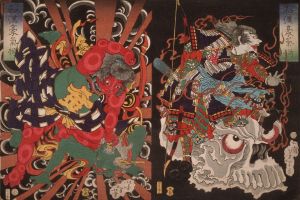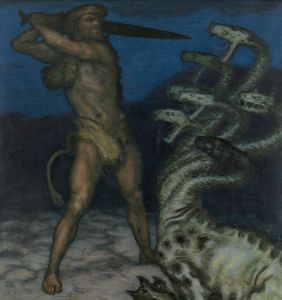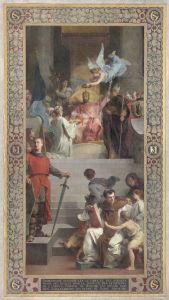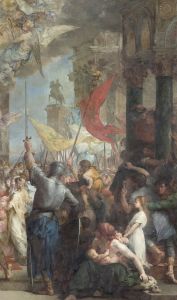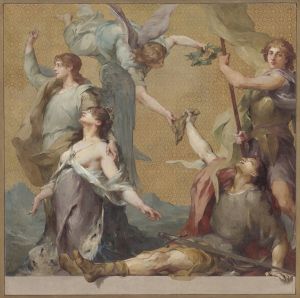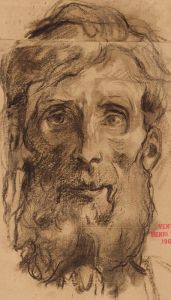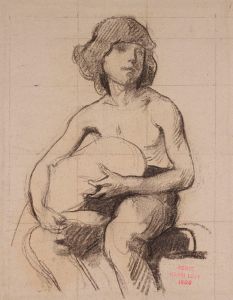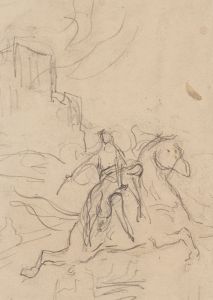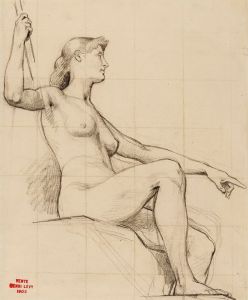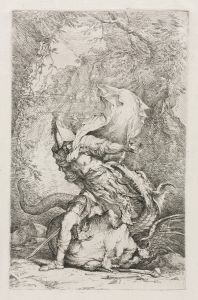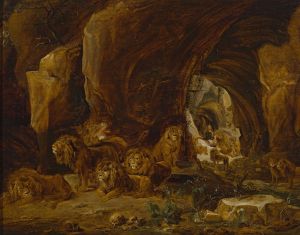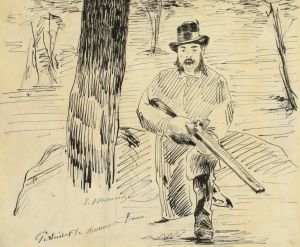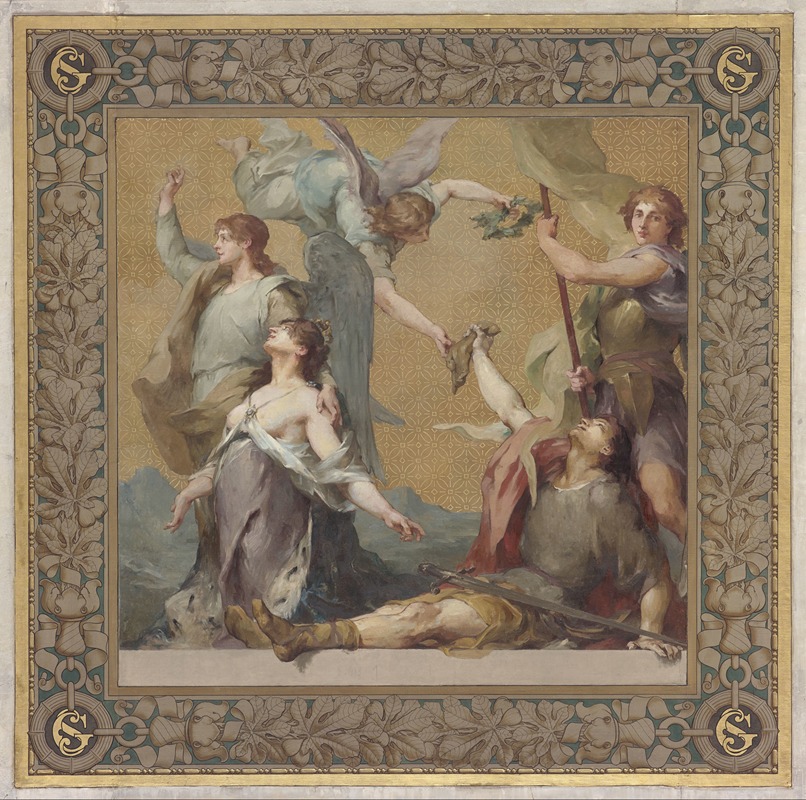
La mort de Roland
A hand-painted replica of Henri Leopold Lévy’s masterpiece La mort de Roland, meticulously crafted by professional artists to capture the true essence of the original. Each piece is created with museum-quality canvas and rare mineral pigments, carefully painted by experienced artists with delicate brushstrokes and rich, layered colors to perfectly recreate the texture of the original artwork. Unlike machine-printed reproductions, this hand-painted version brings the painting to life, infused with the artist’s emotions and skill in every stroke. Whether for personal collection or home decoration, it instantly elevates the artistic atmosphere of any space.
Henri Léopold Lévy's painting La Mort de Roland (The Death of Roland) is a 19th-century artwork that depicts the legendary death of Roland, a key figure in medieval European literature and history. Roland is a central character in the epic poem La Chanson de Roland (The Song of Roland), one of the oldest surviving works of French literature, which recounts the heroic deeds and tragic demise of Charlemagne's knight during the Battle of Roncevaux Pass in 778.
Henri Léopold Lévy (1840–1904) was a French painter associated with the academic art tradition. He was known for his historical and religious compositions, often drawing inspiration from classical and medieval themes. Lévy's works frequently explored dramatic and emotional moments, and La Mort de Roland is no exception. The painting captures the poignant and heroic final moments of Roland, who, according to legend, died while valiantly defending Charlemagne's rear guard against a Basque ambush in the Pyrenees.
In the painting, Roland is typically portrayed as a noble and tragic figure, lying mortally wounded yet defiant. He is often shown blowing his oliphant, a horn used to summon help, with such force that his temples burst, a detail derived from the Chanson de Roland. This act of sacrifice and loyalty has made Roland a symbol of chivalry and heroism in European culture. Lévy's interpretation of this scene emphasizes the emotional intensity of the moment, with a focus on Roland's physical suffering and spiritual resolve.
The exact date of the painting's creation is not widely documented, but it aligns with Lévy's broader body of work, which often explored themes of martyrdom, heroism, and historical grandeur. The painting reflects the 19th-century fascination with medievalism and the romanticized portrayal of historical events, a trend that was prevalent in art and literature during Lévy's time.
La Mort de Roland is an example of Lévy's skill in combining historical storytelling with dramatic visual elements. The use of light, color, and composition in the painting serves to highlight the emotional and symbolic weight of Roland's death. While the painting itself may not be as widely recognized as other works inspired by the Chanson de Roland, it remains a testament to Lévy's ability to bring historical and literary subjects to life through his art.
Further details about the painting's current location, provenance, or exhibition history are not readily available in public records.





